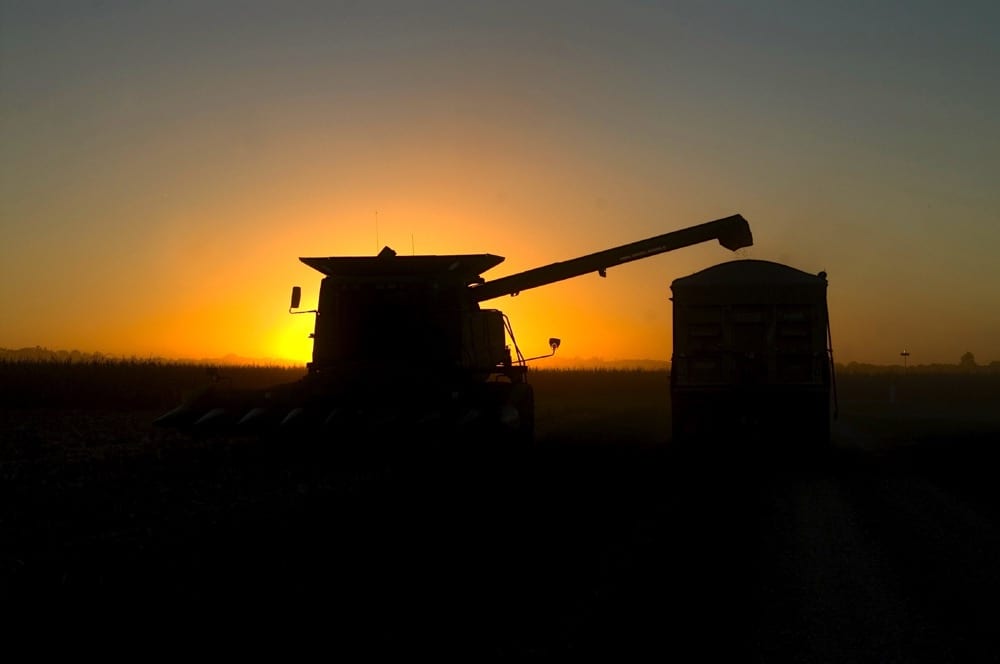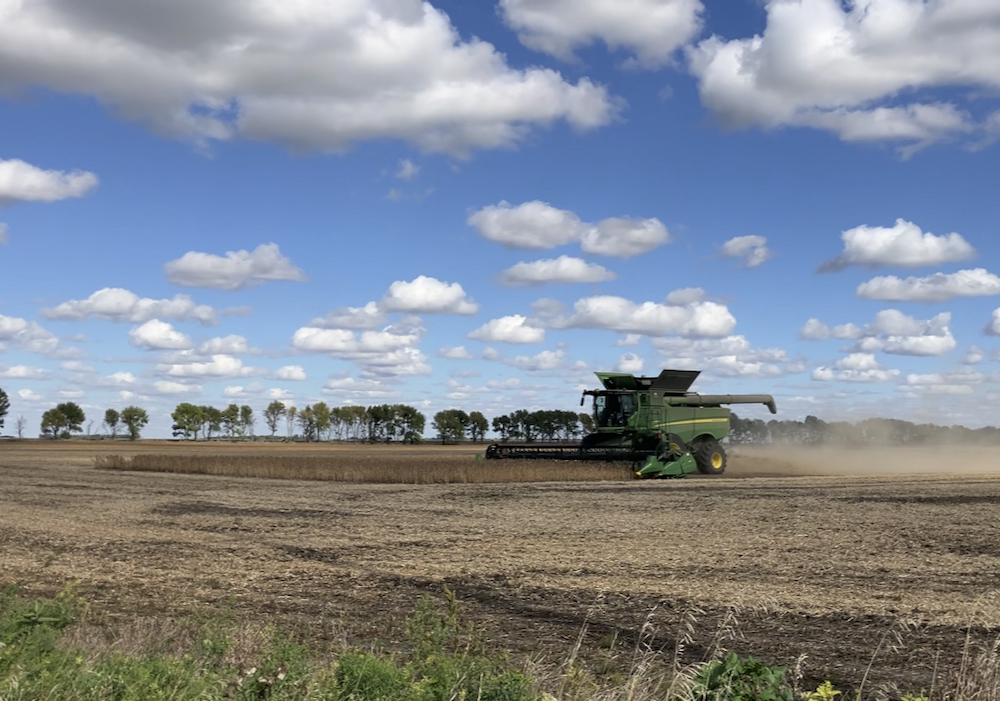Saskatchewan Crop Report: Harvest nears 80 per cent despite rain

Glacier FarmMedia | MarketsFarm – Saskatchewan’s harvest only advanced five points during the week ended Sept. 23 due to rainfall. Nevertheless, progress still advanced to 79 per cent completion, ahead of the five-year average of 75 per cent and the 10-year average of 69 per cent at this time of year.
The southwest region nearly finished its combining at 96 per cent complete. Meanwhile, the southeast region was at 83 per cent, the east-central region was at 75 per cent, the west-central region was at 70 per cent and both the northeast and northwest regions were at 65 per cent.
Read Also


Manitoba Crop Report: Heavy rainfalls slow harvest
Manitoba harvest advances to 58 per cent complete, despite rain delays.
Field peas, triticale and winter wheat have seen their harvests completed, with fall rye and lentils nearby at 99 per cent. The durum harvest was at 95 per cent complete, followed by mustard and chickpeas at 93 per cent, barley at 91 per cent, spring wheat at 85 per cent, oats at 75 per cent, canary seed at 68 per cent, canola at 56 per cent, flax at 42 per cent and soybeans at 31 per cent.
The precipitation helped areas lacking in topsoil moisture and greened up pastures for fall grazing, but it has also concerned growers with possible reductions in crop quality.
Cropland topsoil moisture was rated at 64 per cent adequate, 32 per cent short and four per cent very short. Hayland was rated at 60 per cent adequate, 33 per cent short and seven per cent very short. Pasture topsoil moisture was rated at 53 per cent adequate, 37 per cent short and 10 per cent very short.
In total, 59 per cent of producers said there were or there will be no water shortages on their properties, with another 31 per cent saying they had moderate shortages. In addition, 85 per cent said there will be no concerns over water quality for their livestock.
Wind, wildlife and waterfowl were the major contributors to crop damage during the week. Winter cereal seeding operations also commenced in some areas.
Source: Farmtario.com

